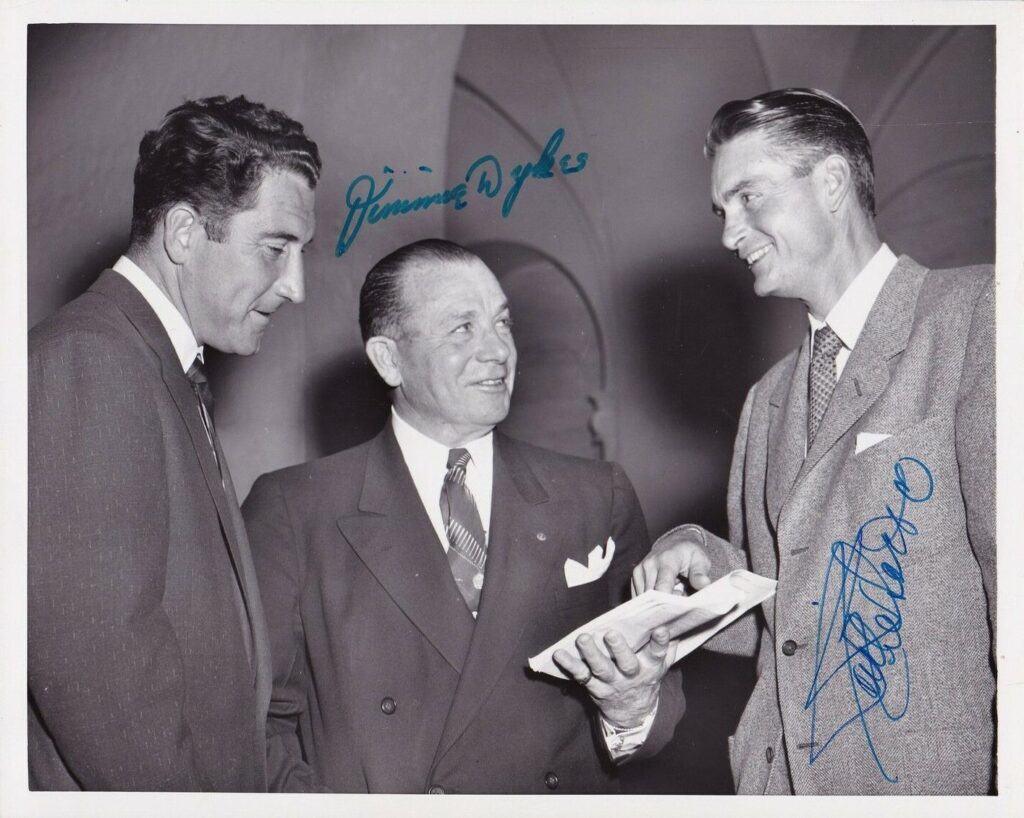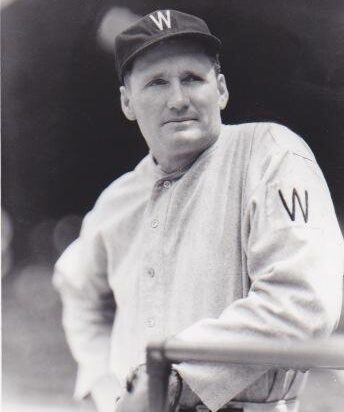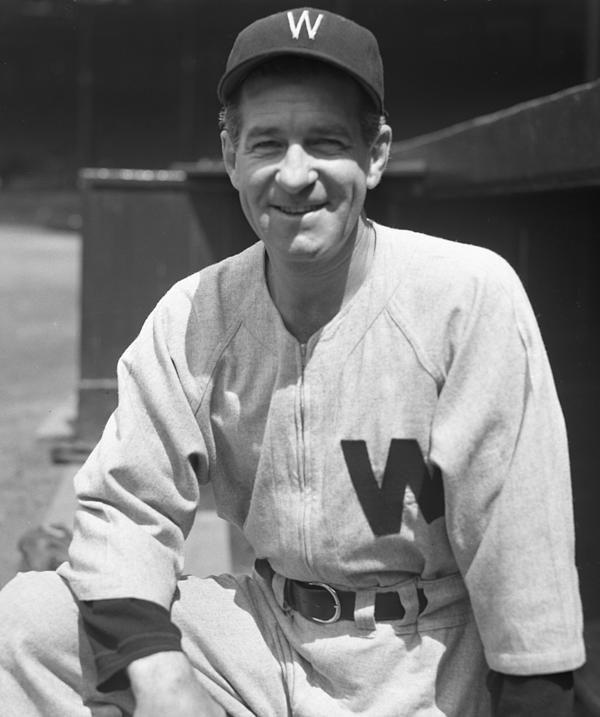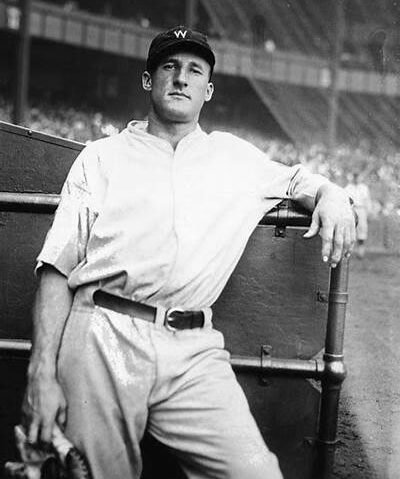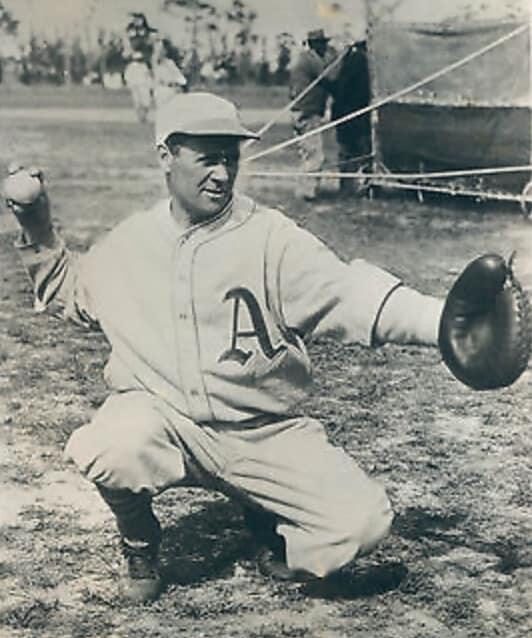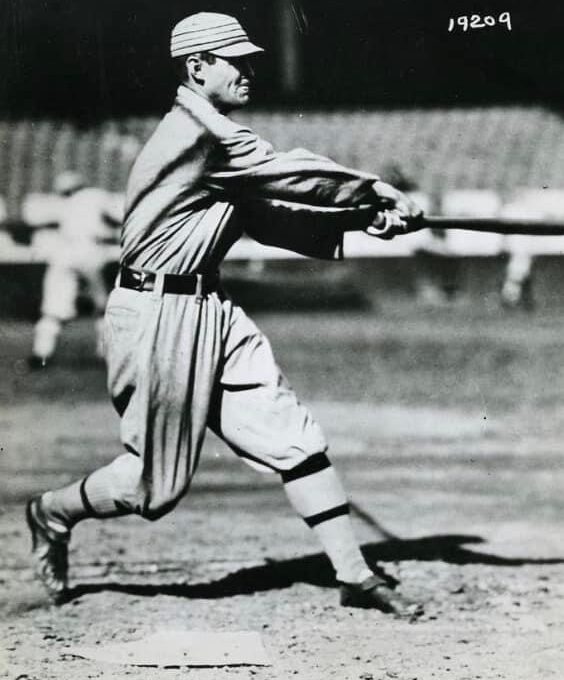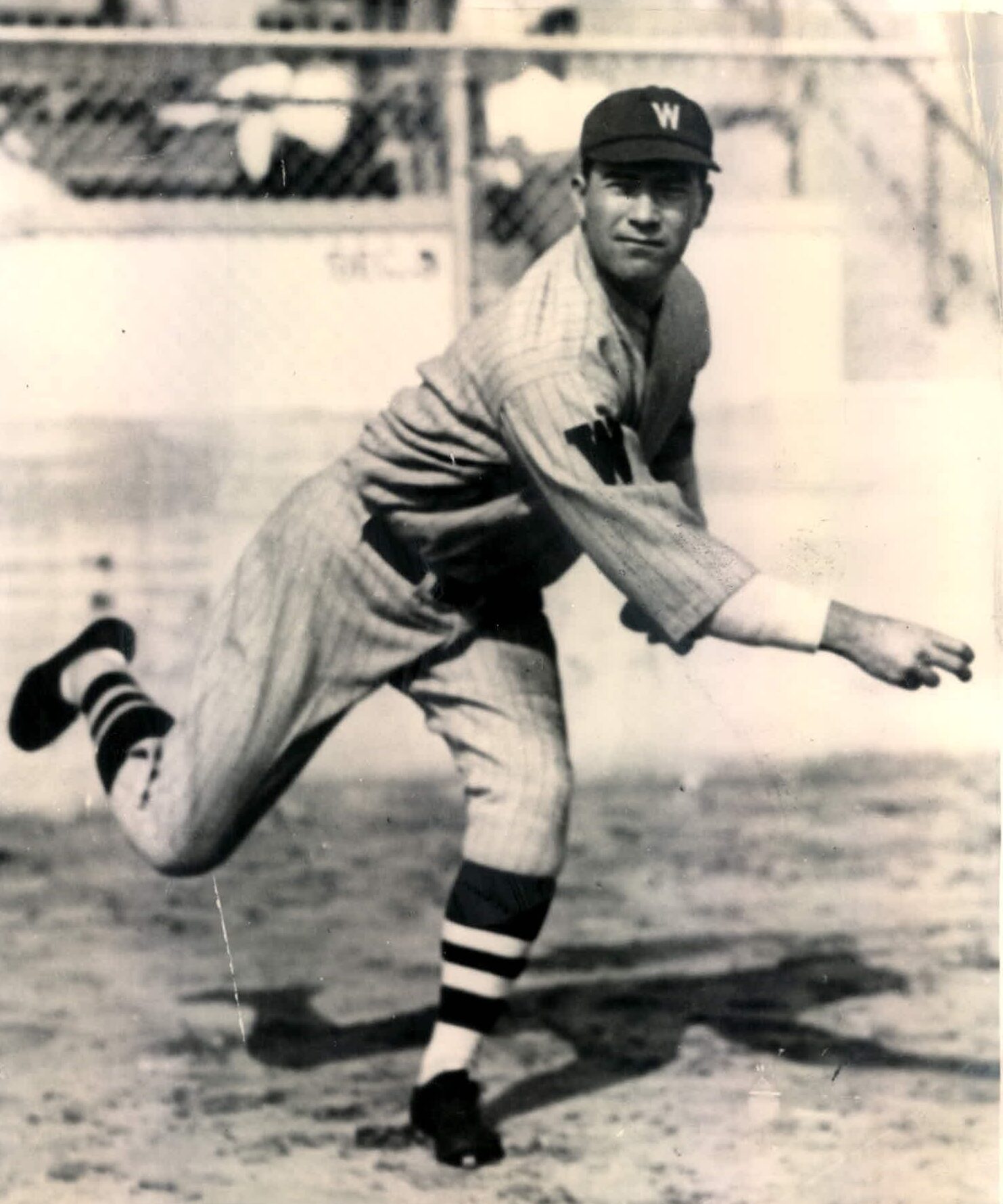Muddy Ruel
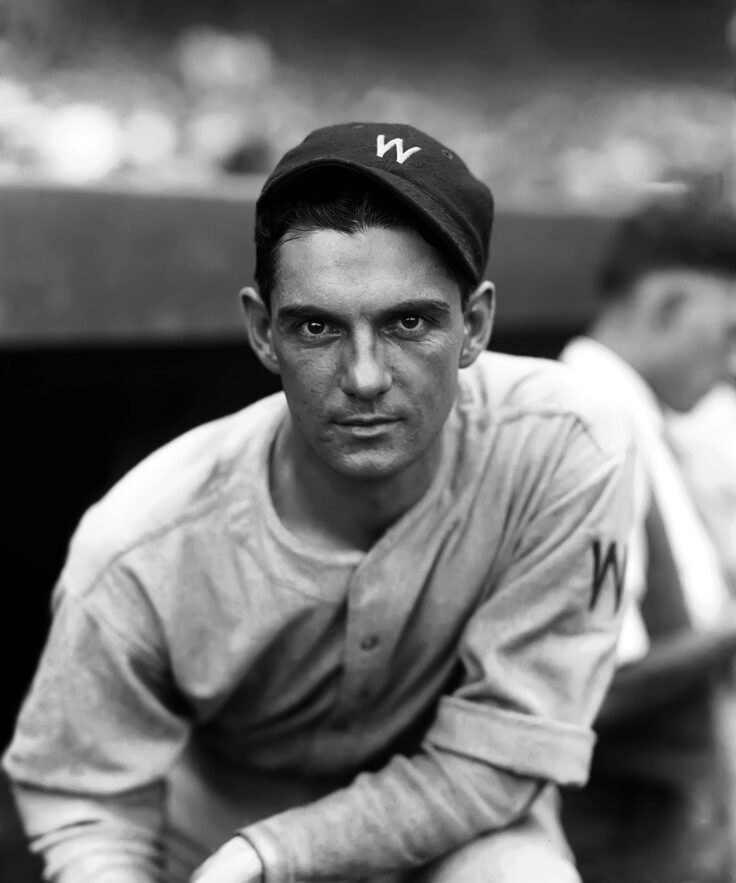
| Birthdate | 2/20/1896 |
| Death Date | 11/13/1963 |
| Debut Year | 1915 |
| Year of Induction | |
| Teams | Browns, Red Sox, Senators, Tigers, White Sox, Yankees |
| Positions | Catcher, Executive, Manager, Pitching Coach |
The personal catcher for Walter Johnson, Muddy Ruel scored the tying and winning runs in Game 7 of the Washington Senators only World Series triumph.
Leave a commentIn the collection:
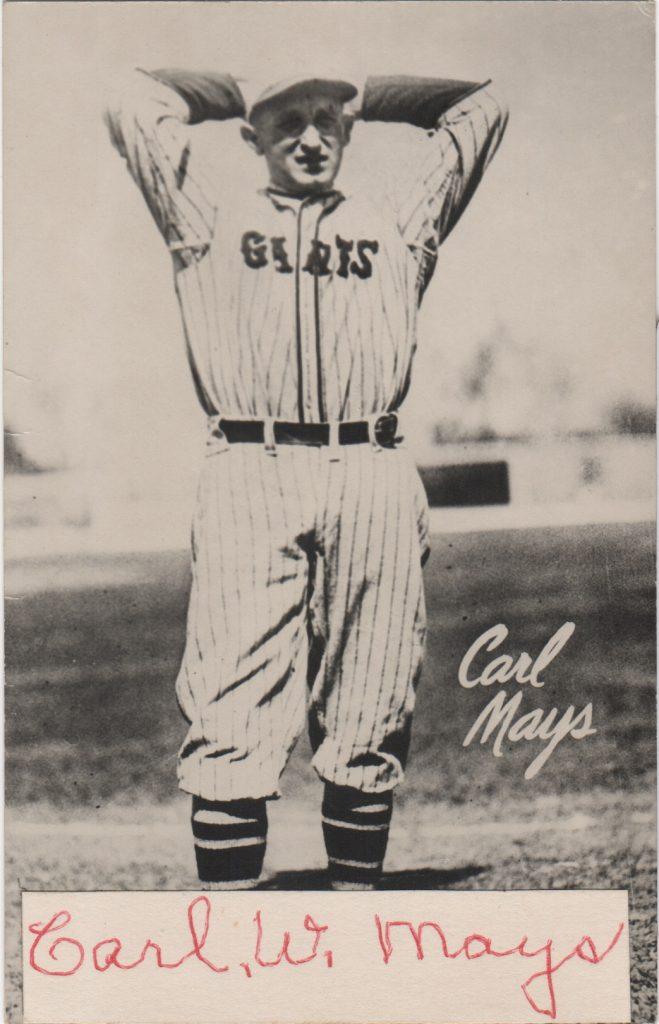
Ruel was the catcher when Carl Mays' beaning caused Ray Chapman's death
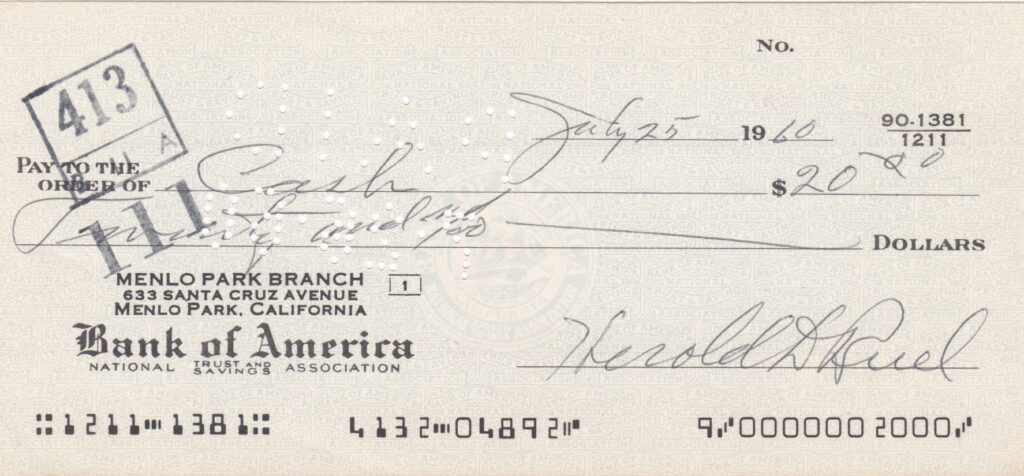
Muddy Ruel coined the term "tools of ignorance" to describe catcher's gear
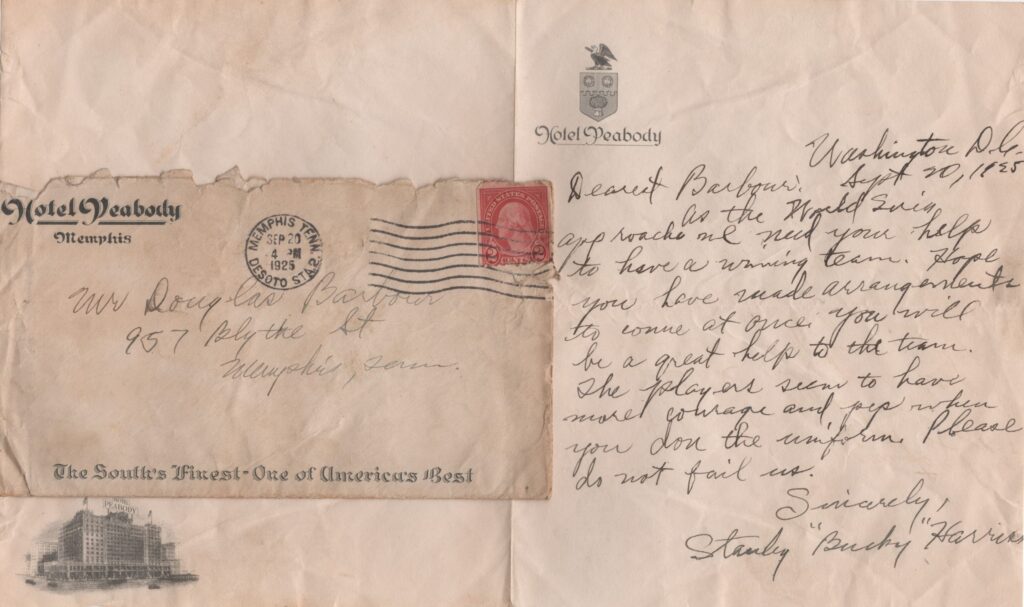
Muddy Ruel's two World Series appearances came under Bucky Harris
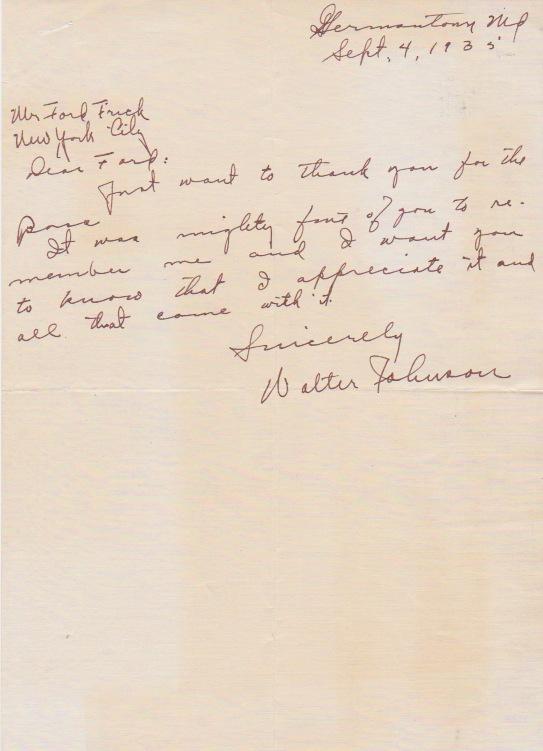
Ruel's most productive seasons came as Walter Johnson's personal catcher
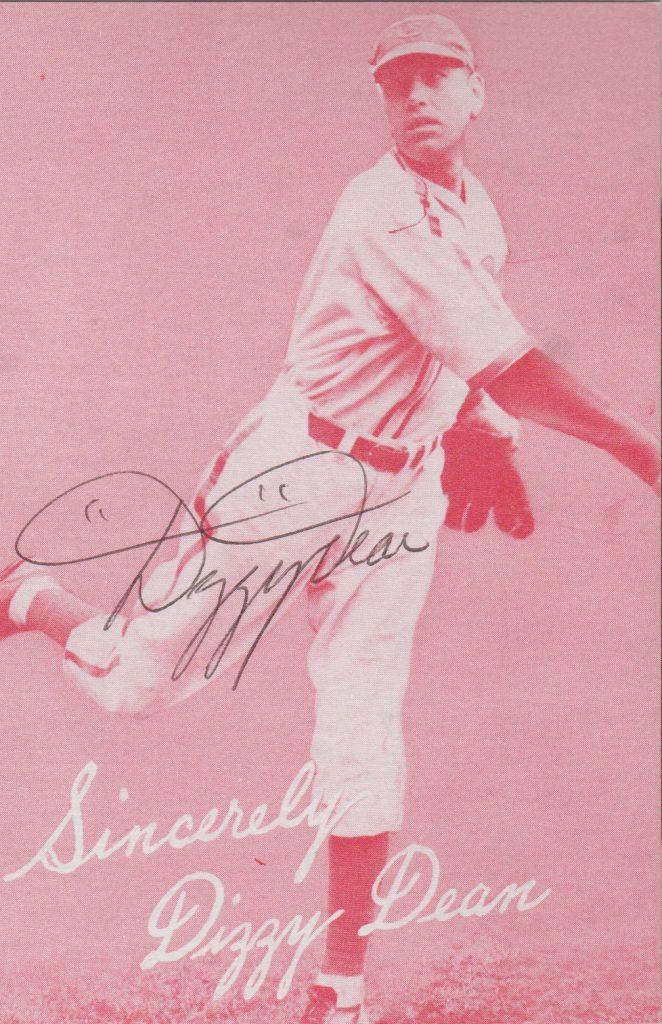
Six years after leaving the game, Dizzy Dean made a start for Ruel's Browns in 1947
